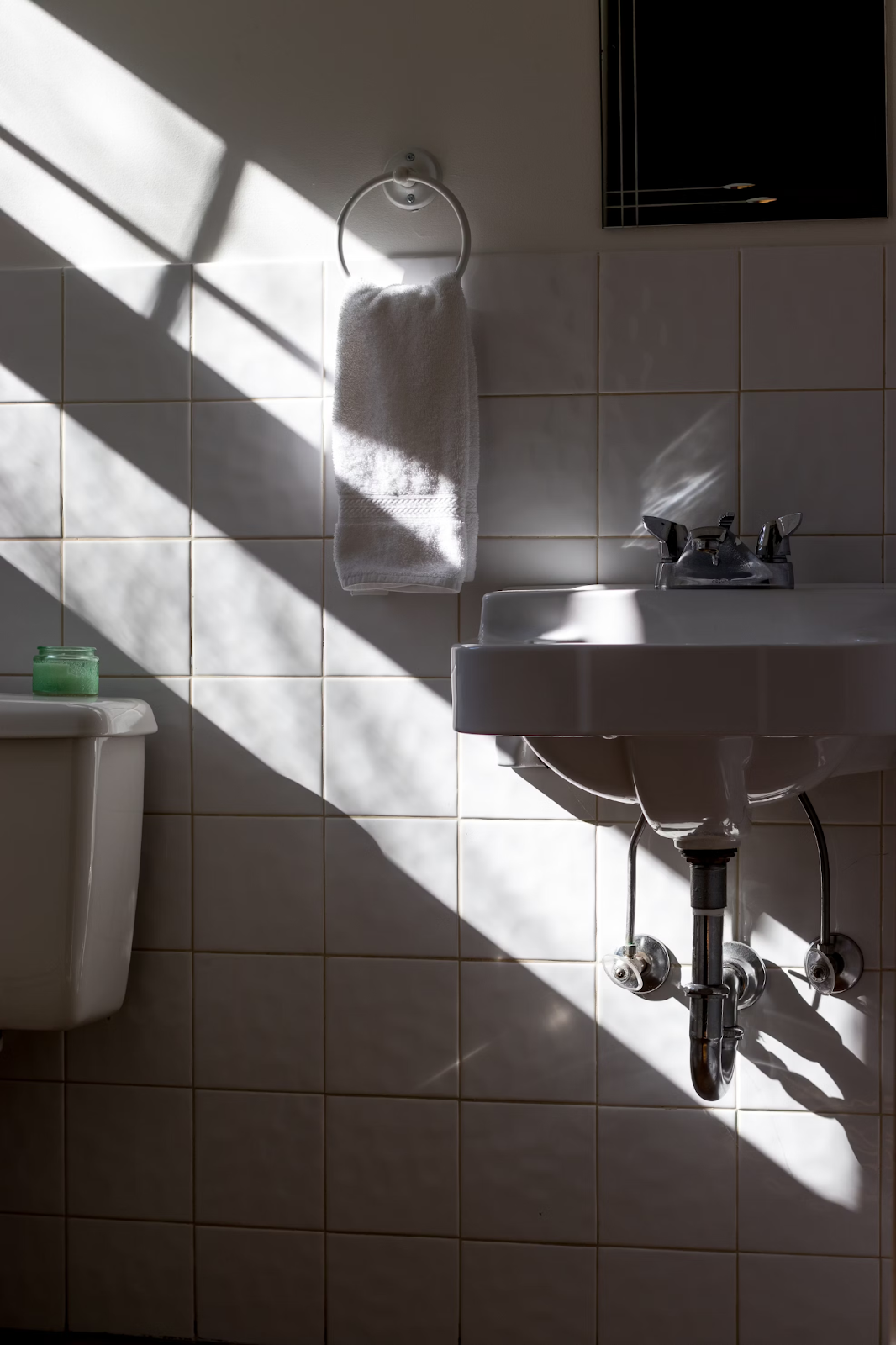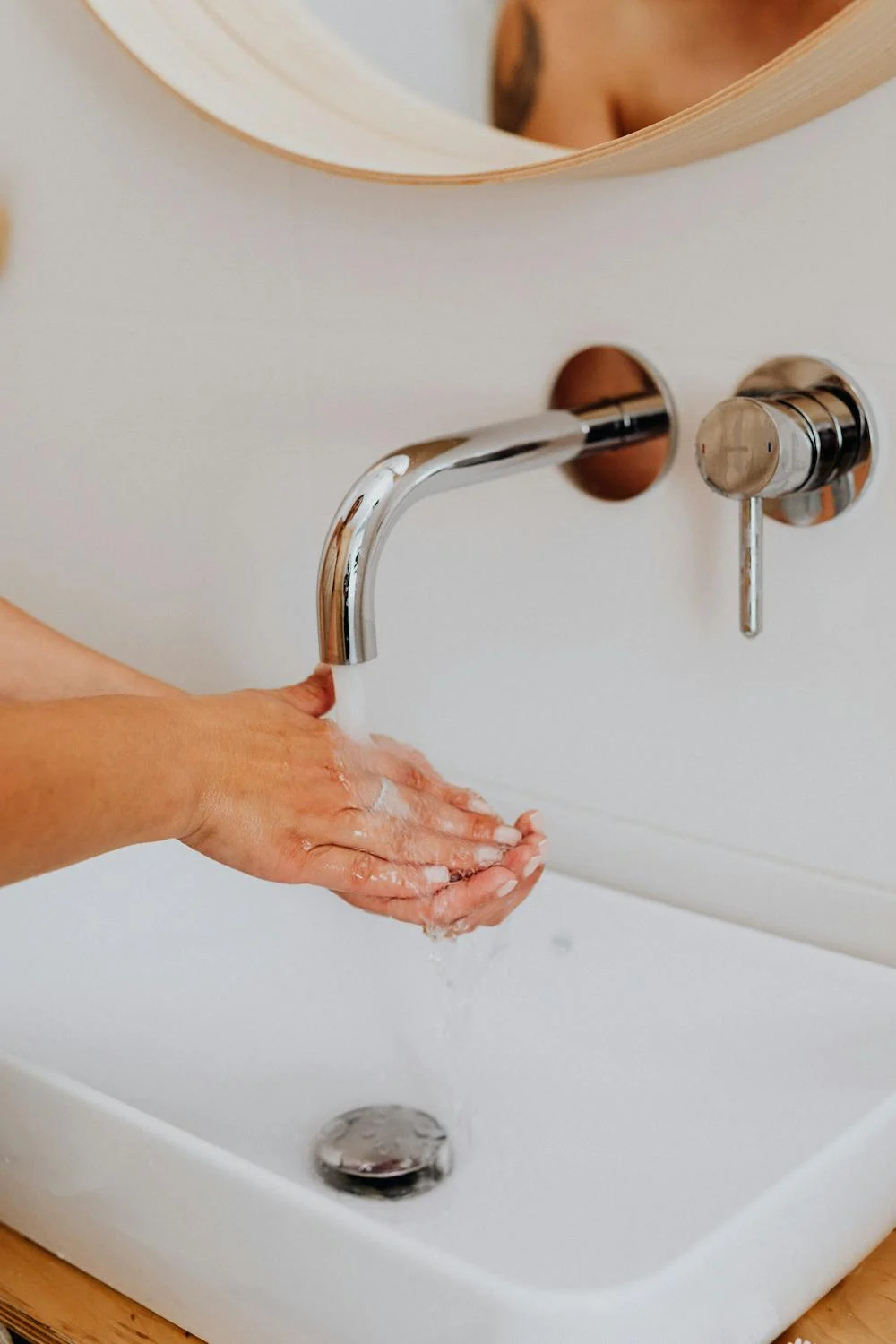How Plumbing Conditions Influence Property Value and Buyer Confidence
Plumbing systems play a key role in home inspections, buyer confidence, and long-term property value. Learn how infrastructure impacts real estate decisions.
Selling a home involves more than just good staging and competitive pricing. Serious plumbing problems can quietly derail even the most promising transactions. Homebuyers are increasingly cautious, and a failed inspection due to hidden water damage or outdated piping can turn potential offers into prolonged delays. To avoid losing time and money, homeowners must identify and address plumbing issues before listing their property.
In this guide, we'll cover the common plumbing problems that can hold up a home sale, how to detect them early, and what steps you can take to fix or prevent them. A proactive approach improves your home's marketability and gives buyers confidence that they're making a sound investment.

One of the easiest ways to catch plumbing issues early is to conduct a thorough visual inspection of your home. Walk through each room with plumbing fixtures, including bathrooms, the kitchen, laundry area, and basement. Look for visible signs of trouble such as water stains, warped flooring, bubbling paint, and moldy caulk lines.
These cosmetic issues often point to underlying leaks or long-term moisture problems. Don't overlook small rust spots near fixtures or water heaters, as they may indicate corroded parts or slow leaks that can worsen over time. Take note of any musty odors, which are usually a sign of hidden water damage or mold growth.
Make a checklist as you inspect each area to ensure you don't miss anything subtle. Taking photos of questionable spots can help you keep track of concerns and offer a visual reference if you bring in a plumber for a second opinion. It's a simple way to turn a casual inspection into a more productive and targeted evaluation.
Issues with water pressure and drainage might not seem like deal-breakers, but they can quickly raise red flags for buyers. Turn on all faucets and showers to check for weak flow or irregular spray patterns. Low pressure can signal sediment buildup, clogs, or even corroded pipes.
Similarly, slow drainage could point to partially blocked pipes or problems in the main sewer line. Pay attention to gurgling sounds when water drains, as they may indicate venting issues. Professionals from Bells Plumbing of Utah recommend evaluating these concerns early, since they can worsen over time. Addressing these problems promptly can save you from costly repairs and make the selling process much smoother.
Another helpful tip is to run multiple fixtures at once to see how the system handles the demand. If water pressure drops dramatically or drainage slows further, it could suggest widespread issues. Buyers conducting a walk-through might try this themselves, so it's wise to know how your system performs under typical household usage.
It's easy to forget about the spaces beneath sinks or behind major appliances like dishwashers and washing machines. These hidden areas are prime locations for unnoticed leaks and water damage. Check for signs of past flooding or corrosion on pipes, valves, and hoses.
Pay special attention to flexible supply lines, which can wear out or burst over time. If these connections feel brittle or have rusted fittings, it's worth replacing them to prevent failure. Buyers or inspectors will likely check these spaces closely, so it pays to get ahead of any potential concerns.
Use a flashlight and even a phone camera to thoroughly examine dark or hard-to-see spots. Taking a closer look can uncover slow leaks that leave subtle stains or residue. Repairing or replacing these components is often inexpensive but makes a strong impact during a buyer walkthrough. Even minor fixes can help create the impression of a well-cared-for home, which can sway hesitant buyers toward making an offer.
Outdated or poorly functioning plumbing fixtures can signal neglect to potential buyers. Leaky faucets, running toilets, and dripping showerheads are easy fixes, but they can create a negative impression during a showing. Replacing these components can quickly modernize your bathroom or kitchen and enhance buyer perception.
Check for proper installation and stability of all fixtures. A loose toilet or wobbling faucet could hint at deeper issues like damaged flooring or faulty mounting. Addressing these seemingly minor details helps present the home as well-maintained and move-in ready.
Consider upgrading to water-efficient fixtures that meet EPA WaterSense standards. These additions show that you care about long-term utility costs and environmental impact, which can be appealing selling points for eco-conscious buyers comparing properties.
The material and age of your plumbing system are key factors during inspections. Homes built before the 1980s may still have galvanized steel or cast iron pipes, both of which are prone to corrosion and internal buildup. Older homes might feature polybutylene piping, which is known for its high failure rate and is often flagged by home inspectors.
If you suspect outdated piping, consider having a licensed plumber evaluate the system. In some cases, repiping may be the most reliable solution. Although this is a significant investment, it can be a strong selling point for buyers who want peace of mind.
Replacing old pipes improves the safety and reliability of your plumbing system and can prevent costly repairs down the line. Modern piping materials like PEX or copper offer better durability and resistance to corrosion. When you invest in updating your home's plumbing, you demonstrate to buyers that the property has been well-maintained and cared for. This reassurance can make your listing more attractive and help avoid delays caused by plumbing concerns during inspections.
Not all leaks are visible. One way to detect hidden plumbing leaks is to monitor your water meter. Turn off all water-using appliances and fixtures, then check the meter reading. Wait a couple of hours without using any water and check again. If the reading changes, you likely have a hidden leak somewhere in the system.
This method can help identify slow leaks behind walls, under flooring, or underground. Hiring a plumber who uses specialized leak detection tools can pinpoint the problem without invasive damage to your home. Early detection reduces the risk of costly repairs later in the selling process.
In homes with irrigation systems, remember to test outdoor spigots and sprinkler lines. A minor leak in outdoor plumbing can still show up in your water meter test and confuse the source of a problem. Verifying both interior and exterior systems ensures your results are accurate. This kind of attention to detail can help prevent unnecessary worry during inspections and demonstrate to buyers that the entire property has been carefully maintained.
A problematic sewer or septic system can easily delay a home sale. Backups, foul odors, or lush patches of grass above the septic tank may indicate serious issues. If your home is connected to a sewer, root intrusion or line collapse can cause drainage problems throughout the property.
Consider a professional sewer line inspection with a camera scope, especially if your home is more than 20 years old. Inspectors and buyers appreciate this level of transparency, and you'll avoid unpleasant surprises during closing negotiations.
If your home relies on a septic tank, have it pumped and inspected before listing the property. Documenting recent service not only reassures buyers but may be required by some lenders or local codes. This proactive step can keep the deal moving without unnecessary roadblocks. Regular septic maintenance helps prevent costly repairs and environmental hazards, which can become major concerns for potential buyers.
Buyers are often wary of old or malfunctioning water heaters. Check the age and condition of your unit by reading the label. Most heaters last around 8 to 12 years. Look for rust at the base, unusual noises, or signs of leaks. If your water heater is past its prime, replacement might be the best option to avoid deterring potential buyers.
Ensure that the heater is up to code, including the presence of a seismic strap, pressure relief valve, and proper ventilation. A well-maintained water heater reassures buyers that they won't face immediate replacement costs.
If you've recently replaced the unit, be sure to include that detail in your listing. Highlighting upgrades like a new tank or tankless system shows that your home is cared for and helps justify the asking price. Providing this information upfront can reduce buyer hesitation and speed up the negotiation process, making your property more attractive in a competitive market.
If you're serious about selling quickly and smoothly, a pre-listing plumbing inspection can make a big difference. This service provides a detailed overview of the system's condition and identifies repairs that should be addressed beforehand. It can offer documentation to show prospective buyers, which builds trust.
Plumbers can check everything from water pressure to pipe integrity and appliance connections. Armed with this information, you'll have the opportunity to make informed repairs, set a fair price, and negotiate with confidence.
An inspection report can be a valuable tool during open houses. Buyers appreciate transparency, and offering evidence of recent professional evaluations might give you an edge in a competitive market. It shows that you've taken the initiative to maintain the home, which can ease concerns and build trust right from the start.
While small fixes can be handled by handy homeowners, significant plumbing repairs should always be left to professionals. Quick patches may not meet inspection standards and could result in deal-breaking reports. Attempting to cover up problems can lead to legal trouble after the sale.
Instead, work with licensed plumbers to ensure repairs are completed safely and correctly. Having documented proof of professional work gives buyers peace of mind and strengthens your negotiating position.
In many cases, buyers will ask for records of past maintenance and repairs. Keeping a file of invoices and inspection results shows that you've been proactive and diligent in caring for your home's plumbing system. It helps answer questions quickly during negotiations and reinforces the value of your asking price.
Plumbing problems don't just cost time and money, they can erode trust. A buyer who uncovers one issue may start to question what else has gone unnoticed or unaddressed. By spotting and resolving plumbing concerns in advance, you can present a home that feels solid, clean, and well-maintained.
Taking the time to prepare your plumbing system for inspection and buyer scrutiny is one of the smartest moves a seller can make. With everything in good shape, your home will stand out in the market, and the path to closing will be smoother for everyone involved.
Confidence plays a major role in a successful sale. When buyers feel assured that the plumbing and other systems are in excellent condition, they're more likely to move forward without hesitation, and with fewer demands during negotiations. This trust can shorten the closing timeline and reduce the likelihood of last-minute complications.

Addressing plumbing issues before listing your home is a crucial step that can save you time, money, and stress during the selling process. By proactively identifying and repairing potential problems, you improve the condition of your property and build buyer confidence. A home that shows evidence of proper maintenance and recent professional inspections stands out in a crowded market and can lead to smoother negotiations and faster sales. Plumbing is often a top concern for buyers because it impacts both immediate comfort and long-term costs, so demonstrating that your plumbing system is reliable reassures them they're making a sound investment.
From visual inspections to professional evaluations, each step helps uncover hidden risks that might otherwise delay or derail a sale. Upgrading outdated fixtures, testing water pressure, and ensuring sewer or septic systems are functioning properly enhance your home's appeal. Ultimately, a well-maintained plumbing system is more than just a selling point, it reflects your commitment to quality and care, helping your home attract serious buyers and close deals with confidence. Taking these steps puts you in control of the process and sets the stage for a successful sale.
Access all your saved properties, searches, notes and more.
Access all your saved properties, searches, notes and more.
Enter your email address and we will send you a link to change your password.


Your trusted MLS search companion